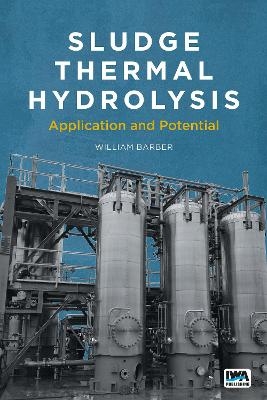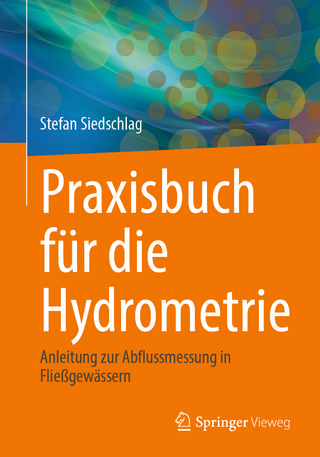
Sludge Thermal Hydrolysis
Application and Potential
Seiten
2020
IWA Publishing (Verlag)
978-1-78906-027-0 (ISBN)
IWA Publishing (Verlag)
978-1-78906-027-0 (ISBN)
Thermal hydrolysis is revolutionizing wastewater treatment. Current treatment methods have evolved little since pioneering work in the late 19th and early 20th centuries. Subsequently, most wastewater treatment plants are not designed to meet modern drivers such as energy conservation and nutrient recovery. Additionally, sludge management is expensive and often not viewed in high regard by external stakeholders.
By changing the properties of sewage sludge, thermal hydrolysis allows wastewater treatment works to become more efficient, enabling the treatment of greater flowrates to higher standards. Production of renewable energy from sludge is increased, whilst quantity of treated material reduced, which further decreases processing requirements and costs regardless of what they may be. This book, aimed at students and practitioners alike, describes the development of the technology, and highlights the design and economics by means of examples. Benefits and challenges related to thermal hydrolysis are also characterized alongside selected case-studies and ideas for future applications.
Dr William (Bill) Barber has had a keen interest in thermal hydrolysis for numerous years and was instrumental in the development of Europe's largest facility as well as advising water utilities, consultants, researchers and government organizations on its potential to modernize wastewater treatment.
By changing the properties of sewage sludge, thermal hydrolysis allows wastewater treatment works to become more efficient, enabling the treatment of greater flowrates to higher standards. Production of renewable energy from sludge is increased, whilst quantity of treated material reduced, which further decreases processing requirements and costs regardless of what they may be. This book, aimed at students and practitioners alike, describes the development of the technology, and highlights the design and economics by means of examples. Benefits and challenges related to thermal hydrolysis are also characterized alongside selected case-studies and ideas for future applications.
Dr William (Bill) Barber has had a keen interest in thermal hydrolysis for numerous years and was instrumental in the development of Europe's largest facility as well as advising water utilities, consultants, researchers and government organizations on its potential to modernize wastewater treatment.
About the Author
Preface
Acknowledgements
Chapter 1: Introduction
Chapter 2: Design – Mass and energy balance
Chapter 3: Impacts of thermal hydrolysis
Chapter 4: Operational experience
Chapter 5: Benefits
Chapter 6: Case studies
Chapter 7: Economics
Chapter 8: Future developments
References
Index
| Erscheinungsdatum | 18.05.2020 |
|---|---|
| Verlagsort | London |
| Sprache | englisch |
| Maße | 156 x 234 mm |
| Themenwelt | Technik ► Umwelttechnik / Biotechnologie |
| ISBN-10 | 1-78906-027-3 / 1789060273 |
| ISBN-13 | 978-1-78906-027-0 / 9781789060270 |
| Zustand | Neuware |
| Haben Sie eine Frage zum Produkt? |
Mehr entdecken
aus dem Bereich
aus dem Bereich
Anleitung zur Abflussmessung in Fließgewässern
Buch | Softcover (2024)
Springer Vieweg (Verlag)
44,99 €
Kommentar der DIN 15905-5, LärmVibrationsArbSchV und …
Buch | Softcover (2023)
DIN Media (Verlag)
58,00 €
Buch | Softcover (2023)
DIN Media (Verlag)
75,40 €


